Ukraine’s Drones Reach Moscow Again: Is Putin Losing Control of the Homeland Front?
A deep dive into Ukraine's renewed drone strikes on Moscow, exploring air defense failures, strategic motive, tech evolution, civilian impact, and geopolitical ripples.
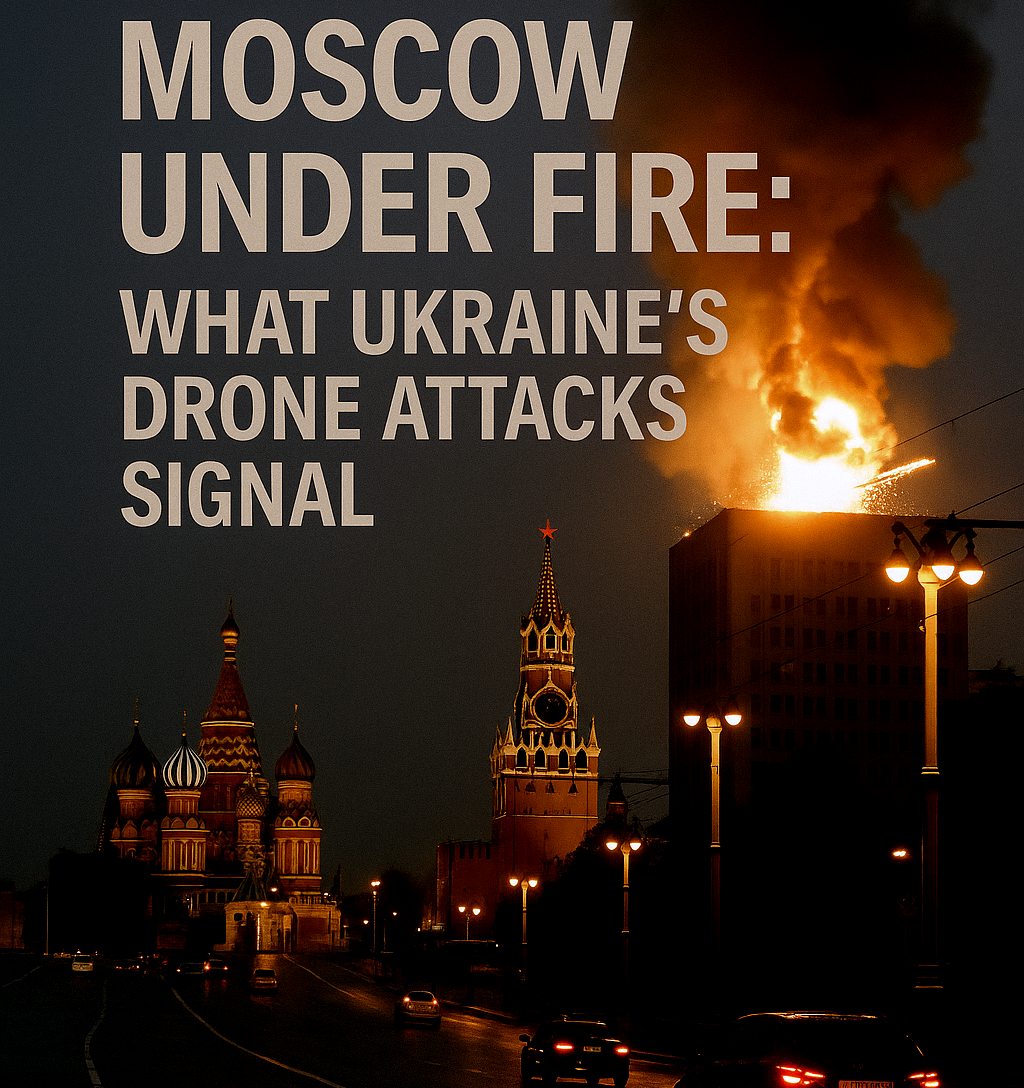
KYIV, July 11, 2025
The New Frontline Is Moscow
In the early hours before dawn on July 10, explosions lit up Moscow's skyline. Ukrainian drones again managed to enter Russian airspace, avoiding multiple layers of air defenses and sparking panic in Moscow and Lipetsk. The impact was not just physical but also psychological. As attacks on Russian soil become more precise and frequent, a pressing question fills military forums and defense ministries: Is Vladimir Putin losing control of the home front?
This conflict is no longer solely about gaining territory. It involves perceptions, sovereignty, and resilience. Unmanned machines are increasingly replacing traditional battalions in this fight.
From Frontlines to Front Yards, The Deepening Breach of Russian Airspace
Russia has invested billions in modernizing its air defense systems, including the S-400 Triumf and Pantsir-S1 batteries. Moscow, in particular, is fortified with layers of radar and missiles aimed at intercepting both missiles and aircraft. However, Ukraine’s recent incursions reveal these systems have vulnerabilities when it comes to small, low-flying drones.
On July 10, Ukrainian UAVs reached the Lipetsk region, resulting in one civilian death and another injury. On May 11, a large drone swarm led to the temporary closure of all major Moscow airports. In November 2024, over 30 drones hit the Russian capital in a coordinated attack that ignited fuel depots and damaged the elite Rublyovka area.
The Russian Defense Ministry often claims it intercepts most drones, but satellite images, open-source videos, and even government acknowledgments reveal a different reality: drone wreckage is landing near homes, offices, and military sites.
“If these drones are being shot down, why are so many people hearing explosions in the heart of Moscow?” — Independent analyst Pavel Felgenhauer, quoted by The Guardian.
Why Ukraine Is Taking the Fight Across the Border
To understand Ukraine’s shift, we need to look at its objectives. Initially, Kyiv used drones on the battlefield, targeting Russian tanks, artillery, and troop movements in Donbas and Crimea. Since early 2024, that mission has expanded significantly.
Key goals behind this deep-strike drone strategy include:
- Psychological disruption: By targeting Moscow, Ukraine aims to undermine the notion of Russian invincibility.
- Disrupting military logistics: Attacks on airfields and fuel depots in Russia slow the resupply of forces at the front.
- Demonstrating deterrent capacity: It sends a message to both Russia and Ukraine’s allies that Kyiv can strike back, even deep in enemy territory.
This isn’t merely about destruction; it’s about changing perceptions. By bringing the fight into Russian territory, Ukraine is reshaping the frontlines of this war.
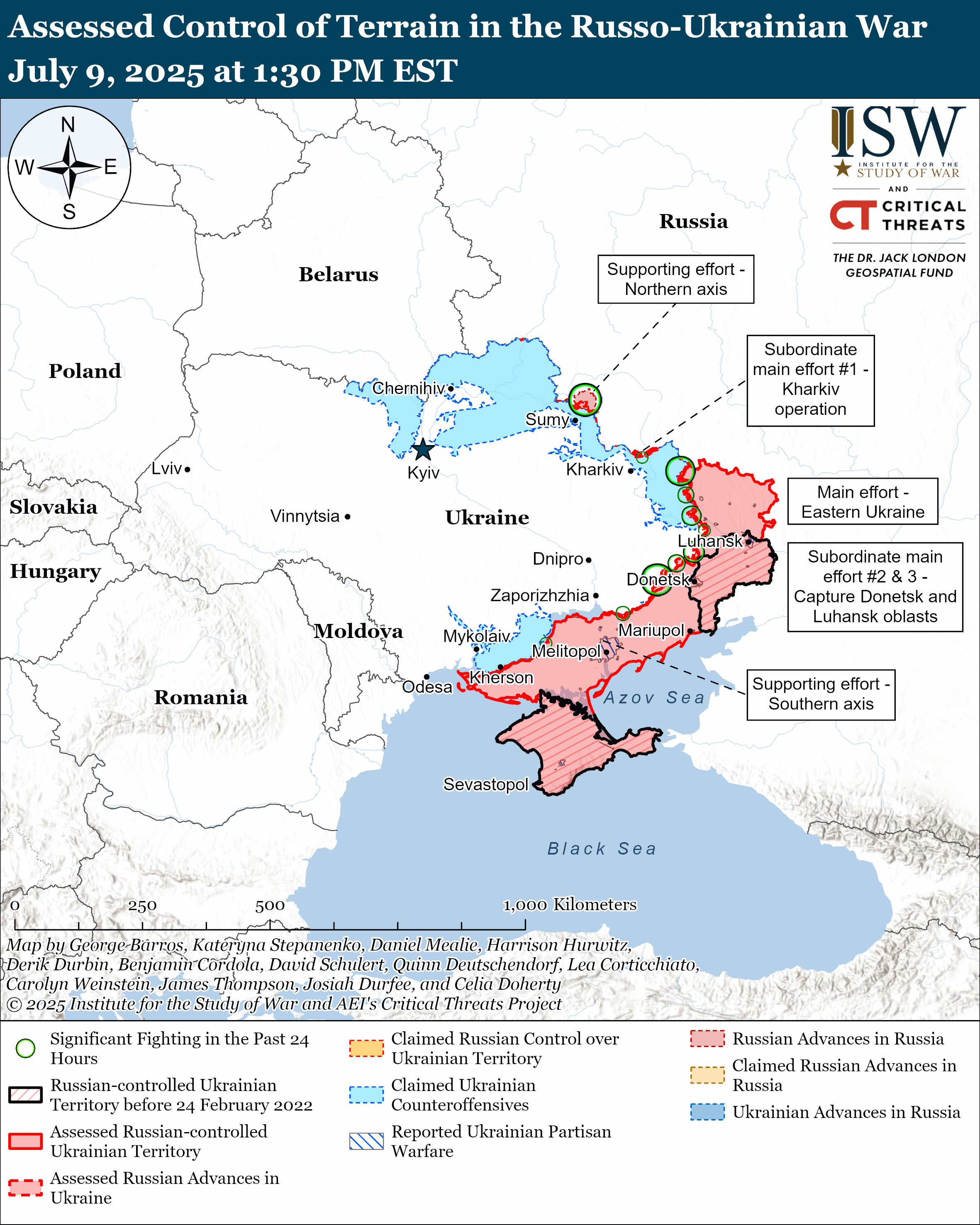
Inside Ukraine’s New Arsenal: The Rise of Turbojet and Thermite Drones
The evolution of Ukraine’s drone technology is crucial to this change. While commercial DJI drones once defined Ukraine’s aerial strategy, they have now been replaced by more advanced systems, many developed domestically or through partnerships.
Notable drone types include:
- Beaver (Bober): A long-range kamikaze drone capable of hitting targets over 1,000 km away.
- UJ-22 Airborne: A fixed-wing UAV used for intelligence gathering and light attack missions.
- Palianytsia & Peklo: Turbojet-powered drones with improved evasion capabilities.
- “Dragon” Drones: Equipped with thermite charges that can melt steel, used to disable rail lines, tank columns, and fuel storage.
These drones are launched covertly from within Russia, smuggled in trucks, or deployed from mobile units near the border. Open-source intelligence from the Institute for the Study of War indicates Ukraine has launched drones from areas as far west as the Carpathians, showing greater range and deeper penetration than previously known.
“It’s a swarm war now — and Ukraine’s swarm is both smarter and stealthier,” said Emily Harding, CSIS defense tech researcher.
Where and What They’re Hitting
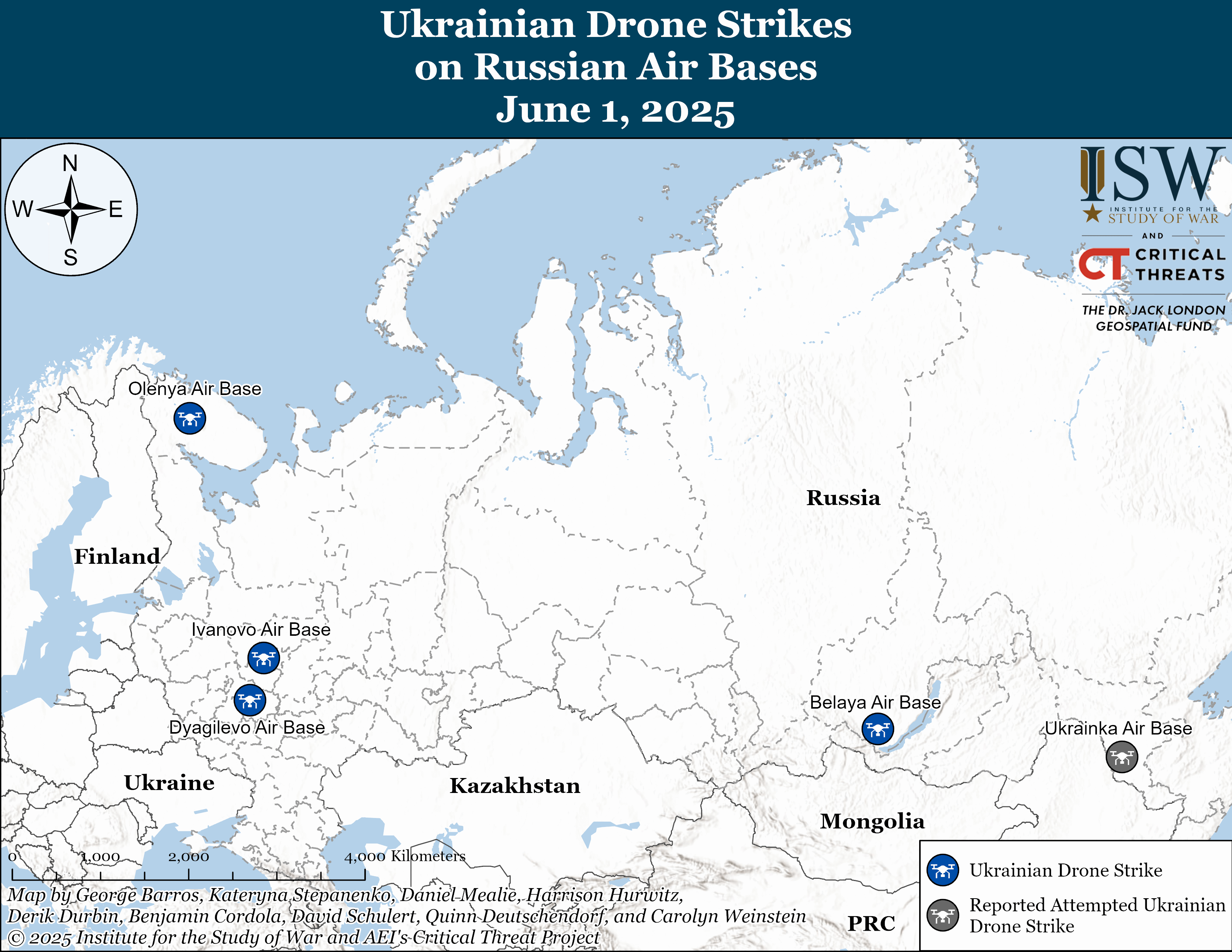
Notable targets include:
- Ryazan Airfield (Feb 2025): Two Tu-22M3 bombers destroyed.
- Kursk Radar Base (May 2024): Temporarily blinded Russia’s early warning system.
- Belgorod Fuel Depot (Oct 2024): Caused a multi-day energy disruption across three Russian regions.
While Russia claims most drones are intercepted, the frequency and effectiveness of these strikes suggest otherwise. Videos shared on Telegram and VKontakte often show large fires, clouds of smoke, and frightened residents capturing footage from their balconies.
Civilian Fear Inside Russia Is Now a War Front
Putin’s promise of safety within Russia’s borders — the idea that “the motherland is sacred and untouchable” — is quickly fading. Repeated strikes have shattered this narrative. From elite neighborhoods in Rublyovka to suburban streets in Tver, air raid sirens and explosions have become part of daily life.
“They told us the special military operation was working. But now we’re ducking drones in our own backyard,” said Nikolai, a Moscow resident, to BBC Russia.
Surveys from the Levada Center show public confidence in the government’s ability to protect cities fell by 11% between March and June 2025. Russian Telegram channels report a surge in purchases of window tape, blackout curtains, and sandbags. More Muscovites are moving to provincial towns to escape the perceived threat.
This growing civilian anxiety adds a new layer to the conflict: Russian cities are not just spectators; they are now part of the fight.
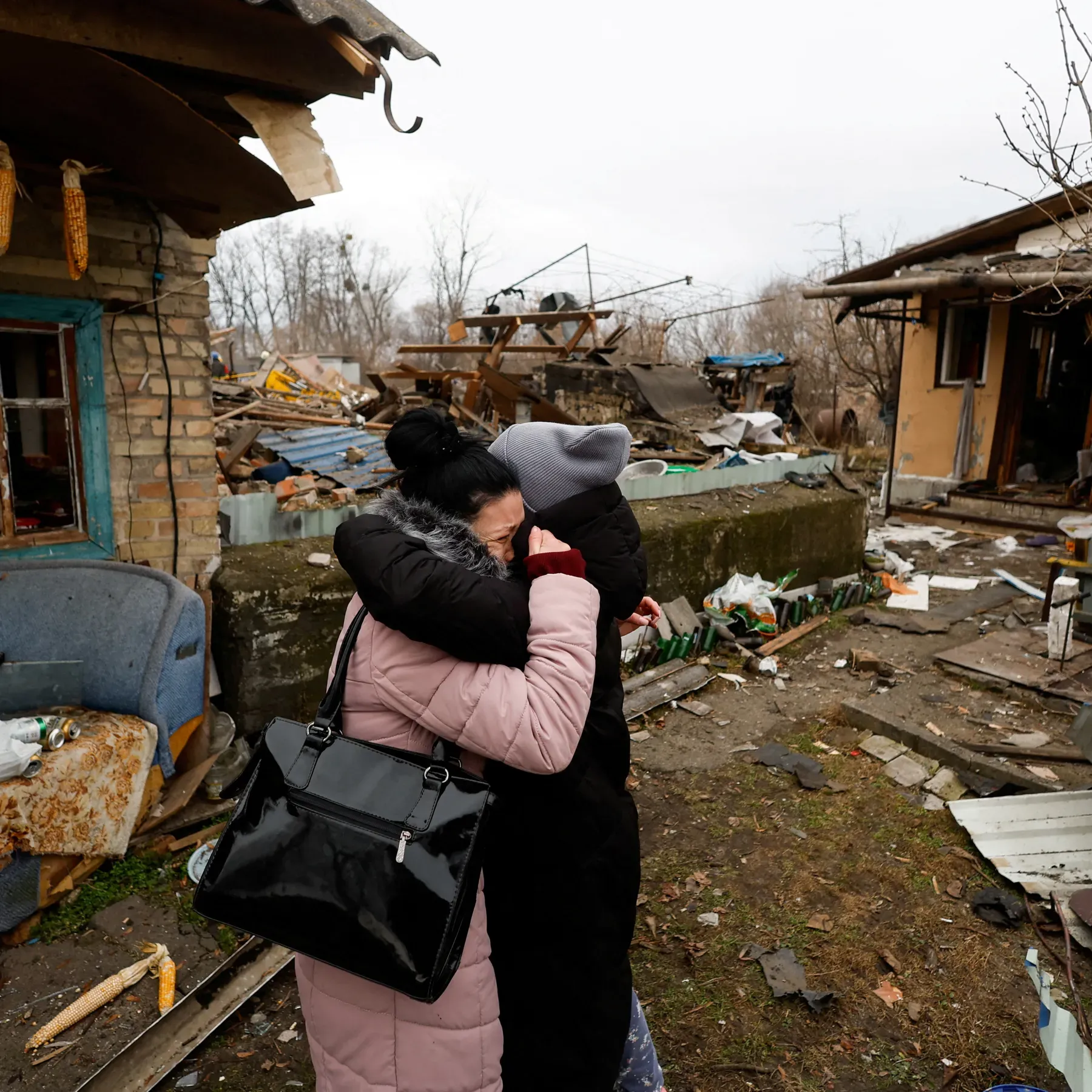
The Kremlin’s Dilemma: Divert, Escalate, or Normalize?
Putin now faces a tough choice:
- Divert defenses inward, risking frontline capabilities.
- Escalate retaliation, possibly through massive missile strikes or tactical actions in other regions like Kharkiv.
- Normalize the strikes, relying on controlled media narratives to downplay their significance.
Each option comes with risks. Each choice either weakens Russia’s international position, its battlefield leverage, or trust at home. Military insiders quoted by ISW indicate Russia may even consider partial mobilization to strengthen homeland defenses — a politically risky move.
Meanwhile, Ukraine’s resolve seems to be strengthening, with increased drone production, foreign support, and momentum on the battlefield.
The Global Stakes: Is NATO Watching a New Kind of War?
Western observers are taking lessons from this situation. The U.S. Air Force recently sped up the deployment of counter-drone systems in Poland and Romania. Israel has revived its Iron Beam project, a laser-based interceptor system, after noting Ukraine’s use of thermite drones.
European and American analysts are keeping a close eye on:
- Electromagnetic shielding for radar sites.
- Low-altitude UAV radar upgrades.
- Decentralized counter-drone command networks.
Ukraine’s drone strategy could shape military doctrine for decades. It demonstrates how nations with fewer resources can challenge nuclear powers on their own ground through innovation and smart tactics.
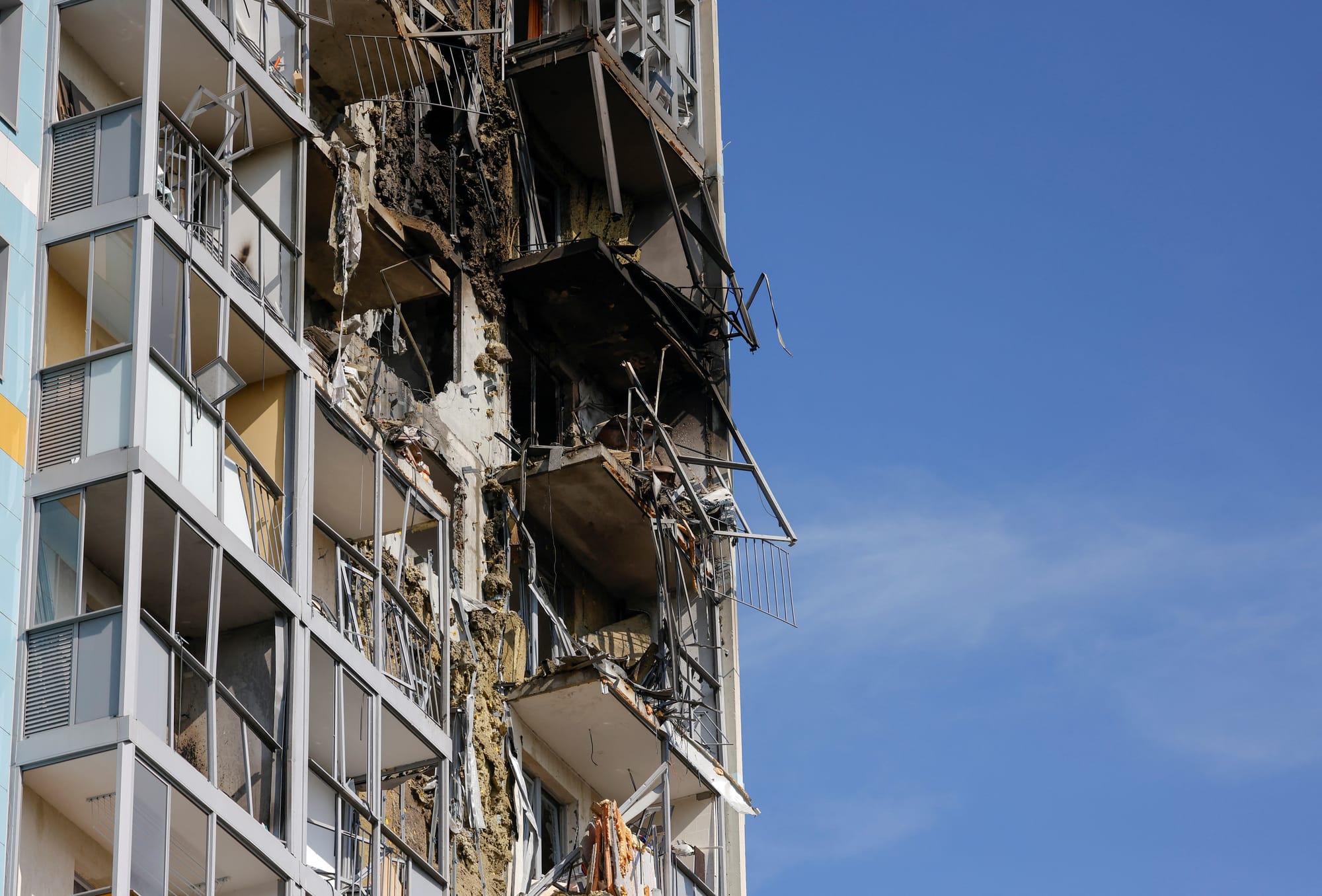
What Comes Next?
In the coming months, expect:
- Increased precision and symbolic strikes from Ukraine, possibly targeting government ministries or vital economic areas.
- Russian efforts to fortify cities, with anti-aircraft systems potentially appearing in residential neighborhoods.
- International discussions about escalation thresholds, especially if Russian civilian casualties rise.
Crucially, the line between “battlefield” and “homeland” is fading — not just in Ukraine and Russia, but possibly in future conflicts worldwide.
Final Insight: The War Is No Longer at the Border, It’s at the Door
What we’re seeing is not just technological evolution — it’s a deepening psychological conflict. For Russia, every drone that makes it into Moscow symbolizes faltering authority. For Ukraine, it’s a calculated risk to force concessions, expose weaknesses, and show the world that sovereignty is a struggle of spirit, not just military might.
The war has crossed a line — not in distance, but in significance.
Your point of view:
With Ukraine targeting the Russian capital and homeland infrastructure, is this the start of a new model of warfare or a risky provocation that could escalate into a broader regional conflict?
Sources & References
- Reuters — Drone strikes July 2025
- The Guardian — Moscow drone raids
- Institute for the Study of War — Daily campaign assessments
- CNN Military Desk — Drone strike map
- BBC Russia — Civilian responses to drone alerts
- Defense One — Global air defense implications
- Business Insider — NATO’s HIMARS & counter-UAV initiatives
- Wikipedia — Palianytsia & Dragon drone entries
- WSJ — Russian drone factory ramp-up
- Al Jazeera via their on-the-ground coverage — Image of people suffering




